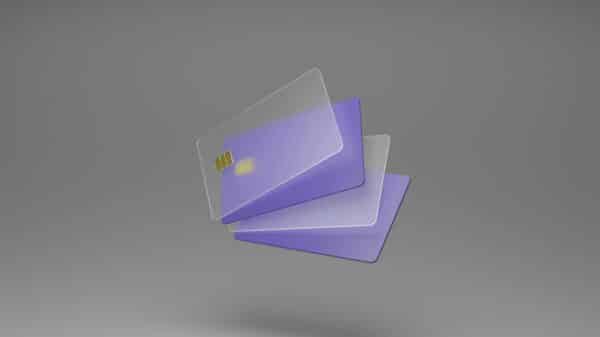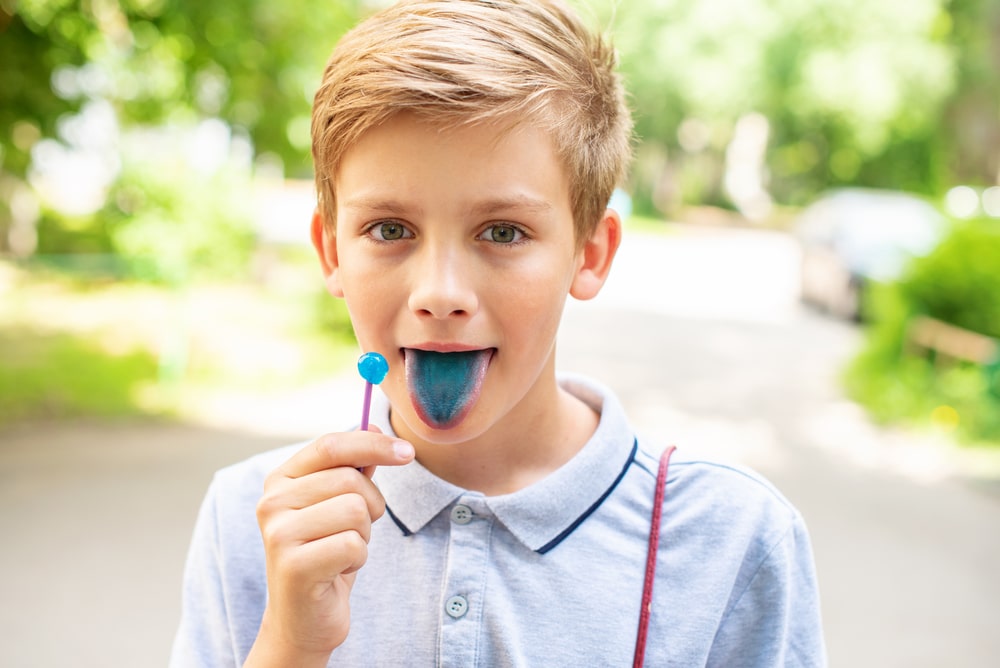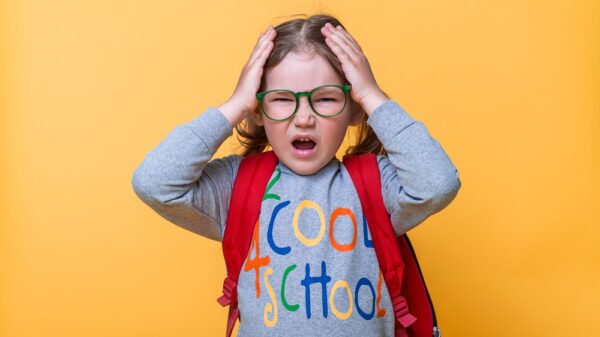In a significant move that prioritizes children’s health and well-being, the U.S. Department of Health and Human Services (HHS) and the Food and Drug Administration (FDA) have announced a sweeping plan to phase out petroleum-based synthetic dyes from our food supply. For parents who have often felt uneasy about the colorful, mysterious ingredients in their children’s favorite snacks, this decision represents a long-awaited step forward in transparency and safety that we can truly celebrate.
Why synthetic dyes are finally being banned
For far too long, American families have been unknowingly consuming artificial dyes like FD&C Red No. 40, Yellow No. 5, and Blue No. 1. These colorful additives, commonly found in everything from breakfast cereals to candies and fruit juices, originate from petrochemicals and provide no nutritional value. Unfortunately, they’ve been linked to various health issues, especially in children. Concerns about hyperactivity, allergic reactions, and potential long-term developmental effects have raised alarm bells among parents and health experts alike.
As HHS Secretary Robert F. Kennedy, Jr. remarked, “Some food producers have been feeding Americans petroleum-based chemicals without their knowledge or consent. That era is coming to an end.” Imagine how relieved parents must feel knowing that such changes are finally taking place.
What’s happening now?
The FDA’s new regulations are part of the broader “Make America Healthy Again” initiative championed by the Biden administration, and here’s what parents should know:
- Two dyes—Citrus Red No. 2 and Orange B—will soon no longer be allowed in food products.
- Six more synthetic dyes, including the notorious Red No. 40 and Yellow No. 5, are set for elimination by next year.
- Natural alternatives like butterfly pea flower extract and gardenia blue are being fast-tracked for approval, which is a welcome change!
- The phasing-out deadline for Red No. 3 (often found in popular candies and baked goods) has been moved up, showing urgency in addressing these concerns.
- The FDA is collaborating with the National Institutes of Health (NIH) to thoroughly research the links between food additives and children’s health, paving the way for safer options.
Why this matters for your kids
While countries in Europe and Canada have already taken steps to restrict or replace synthetic dyes, the U.S. has lagged behind. This means that American children have been exposed to additives considered unsafe in other parts of the world. The current shift acknowledges the growing body of research—and the significant concerns of parents—surrounding the potential consequences of these synthetic dyes on childhood health issues like obesity, depression, and ADHD.
FDA Commissioner Dr. Marty Makary summarized this sentiment perfectly: “Given the growing concerns of doctors and parents… we should not be taking risks.” Our children deserve better, don’t they?
What parents can do right now
While this policy shift is undoubtedly a victory, we know that real change takes time. In the meantime, here are some proactive steps you can take as a parent to keep your children safe:
- Read labels: Look for ingredients labeled as “FD&C” followed by a color and number—this indicates synthetic dyes.
- Choose natural options: Plenty of brands are now using fruit or vegetable-based colorings instead of synthetic dyes.
- Make your voice heard: Support brands and stores that prioritize clean ingredients and transparency in their products.
- Model mindful eating: Use this opportunity to talk with your kids about food and the ingredients inside it. Educating them on why this matters can empower them to make healthier choices.
A hopeful shift toward a healthier future
For numerous families, this announcement transcends the removal of synthetic dyes; it symbolizes a critical step toward regaining trust in the food system. It’s about ensuring that what we serve our children supports not just their physical health but also their focus, energy, and emotional well-being.
This pivotal change shows that when parents raise their concerns, when science drives decisions, and when our children’s health is placed at the forefront, meaningful change is not only possible, it is achievable.
Let’s continue to demand better for our families, because our kids truly deserve nothing less. Together, we can create a healthier future for our children, one that prioritizes their well-being above all else.
Image Source: Rodica Vasiliev / Shutterstock



































